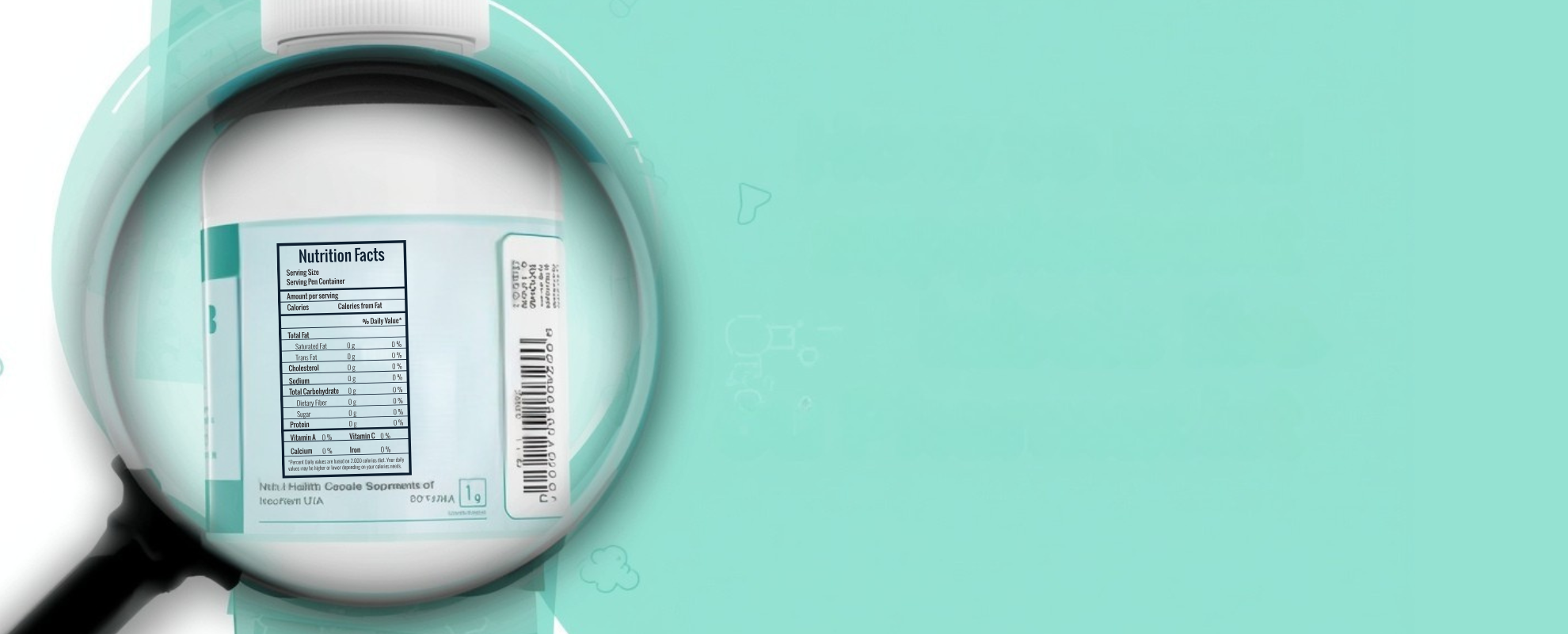Have you ever stood in the supplement aisle, turned a bottle around, and thought: “What on earth does ascorbic acid mean, and why does it sound like a cleaning product?” You’re not alone! Many Malaysians buy supplements without fully understanding the labels — and sometimes that means missing out on the best product for your health. As a pharmacy, we’re here to make label-reading less confusing and more empowering. Think of this as your crash course in “Pharmacy Label Language 101.”
1. Start with the Supplement Facts Panel
This is the heart of the label. It lists all the nutrients in the supplement, along with their amounts and the percentage of the Recommended Daily Allowance (RDA). For example, Vitamin C might be listed as “Ascorbic Acid – 500mg – 556% RDA.” Translation: You’re getting more than your daily requirement, but that’s not necessarily bad — especially for water-soluble vitamins that your body excretes.
2. Look at the Serving Size
Sometimes the numbers look amazing… until you realise you need to take three tablets to get that amount. Always check the serving size so you know exactly how much you’re getting in one pill, gummy, or scoop.
3. Understand the Ingredient Forms
Not all forms of nutrients are created equal. For example:
-
Magnesium oxide is cheap but less absorbed, while Magnesium glycinate is gentler and better absorbed.
-
Calcium carbonate needs food for absorption, but Calcium citrate can be taken anytime.
Pharmacists love these small details because they make a big difference in effectiveness!
4. Spot the Active vs. Inactive Ingredients
Active ingredients = the nutrients doing the work.
Inactive ingredients = fillers, binders, sweeteners, and colorings. While inactive ingredients are generally safe, it’s good to watch out if you have allergies (like lactose, soy, or gluten).
5. Check for Standardisation in Herbs
If you’re buying herbal supplements (like ginkgo or turmeric), look for words like “standardised to 95% curcuminoids.” This means you’re getting a consistent amount of the active compounds every time — and not just random leaves in a capsule.
6. Expiry Dates Matter
Supplements lose potency over time. A Vitamin D that’s two years past its expiry won’t harm you, but it won’t help much either. Always pick products with a long shelf life.
7. Watch for Quality Seals
Look for seals like GMP (Good Manufacturing Practices) or third-party testing certifications. These show the brand has gone the extra mile to ensure safety and quality.
8. Know the Difference Between % RDA and “Mega Doses”
More isn’t always better. Fat-soluble vitamins like A, D, E, and K can build up in your body if taken in excessive amounts, so stick to safe limits unless advised by a healthcare professional.
💡 Pro Tip From Your Friendly Pharmacy:
If you want high-quality supplements with clear, easy-to-read labels, check out some of our bestsellers:
-
True Essence Fish Oil – clearly labelled with high DHA & EPA amounts
-
True Essence Calcium with Vitamin D3 – states exactly what form of calcium is used
For more information, click here. Next time you pick up a supplement, flip it around and read it like a pro. And if in doubt, ask your local pharmacist (or message us online!) — we love decoding labels.
Check out our social media platforms for more health tips and exclusive promotions.
Facebook, Instagram, Tiktok, XHS





